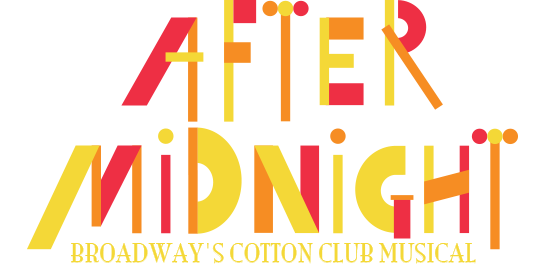 The by-gone era of 1920s and 30s, jam-packed with illicit alcohol, street cars and loud noises, are often remembered as a time when music was more important than content. If that is true, then “After Midnight” is definitely a product of its time.
The by-gone era of 1920s and 30s, jam-packed with illicit alcohol, street cars and loud noises, are often remembered as a time when music was more important than content. If that is true, then “After Midnight” is definitely a product of its time.
“After Midnight†is an effervescent new Lincoln center jazz venue performed at the Brooks Atkinson Theatre. The production mimics the highly acclaimed musical, “Cotton Club Parade†by inviting special celebrities to take the stage. The production stars American idol winner Fantasia Barrino, Emmy nominee Dulé Hill and Tony winner Adriane Lenox and is also made up of 17-string orchestra and a chorus of about 25 vocalists and dancers. With a solid cast and one of a kind music, “After Midnight†is a jazz medicine you can’t afford to miss.
The play features brilliant talent, with more than 25 songs from the peak of the jazz era. Through the play, you’ll revisit the heyday of the Cotton Club, time-traveling to a time when Jazz took over the streets of Harlem at midnight and didn’t finish until sunrise. The songs vary from smooth jazz such as “Between the Devil and the Deep Blue Sea,†to something a bit more fun like “Zaz Zuh Zaz,†in which Barrino invites the public to sing with her and be a “part†of this fantastic Jazz extravaganza.
“After Midnight†offers a blatant good time without ignoring the culture and the racial “problems†in the play. The issues are so discreet that you won’t notice them. The Cotton Club stage is elicit and it’s never lucid whether you’re at the theatre, watching an original performance, or if you’re back in time watching some after hours street show. The production did a great job taking us back in time and making us wish we were born in that era.
Different than most musicals, in which the performers portray a made up story in order to link the acts together, “After Midnight†is set against a narrative of Langston Hughes’ poetry, read by Hill, the night’s host. Instead, the focus always remains objectively on the music and its interpretation. The play flows easily- each act transitions just right into the next song.
In a present-day twist, everything about the storyline and the characters has been recycled. The performers are energetic and smile throughout the play. There are many things that bring a smile to even the weariest faces, such as balloons, trumpets, tap dancers and a bit of romantic comedy- it all creates stage magic. Another key component that adds a lot of character to this modern spin of the Harlem Renaissance is the exceptional costumes by a Cuban designer, Isabel Toledo; she found enough sparkle, feathers and beads to dress a flapper army.
Although the true stars of this play are the performers from the Jazz at Lincoln Center All-stars, it’s clear that the stage gets caught on fire when Fantasia Barrino performed “I Can’t Give You Anything but Love,†her smooth yet fierce voice embraced Dorothy Fields and Jimmy McHugh classic with obvious fondness. Isabel Toledo evidently likes Fantasia’s curvy body, designing her a well fitting, electric-blue, lampshade skirt.
The show did not want to be seen as an historic replica however. In fact, the tricks there are self-explanatory. The notion of combining old school with today’s era has an obvious effect of spicing up the foundation. Yet, it does not eliminate the thought that Carlyle’s choreography could’ve been a bit riskier. Some of the dance numbers show a few limitations; it mimics the jargon of the time well, but could use an extra spoon of creativity.
On the plus side however, she integrates all the contemporary elements well, causing the play to be interesting from the beginning until the end.

Leave a Reply